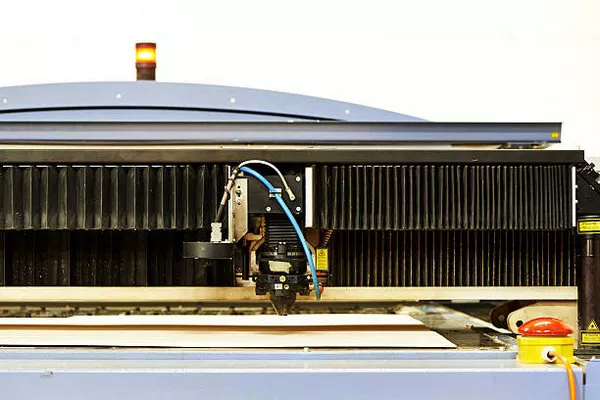In times of power outages or when off-grid power sources are necessary, portable generators serve as crucial assets for homeowners, businesses, and organizations. However, integrating a generator into an existing electrical system requires careful consideration to ensure safety and functionality. One key component in this integration process is the transfer switch. Understanding how transfer switches work with portable generators is essential for efficient and safe power management.
Introduction to Transfer Switches
A transfer switch is a device used to connect a backup power source, such as a portable generator, to the electrical system of a building or facility. Its primary function is to ensure a seamless transition of power supply from the main grid to the backup generator during power outages. By automatically or manually switching between power sources, transfer switches enable uninterrupted power supply to critical loads, preventing downtime and potential damages.
Types of Transfer Switches
Transfer switches come in various types, each offering distinct features and functionalities tailored to specific needs:
Manual Transfer Switches: These switches require manual operation to transfer power sources. Users physically switch between the main grid and the generator using a lever or switch. While manual transfer switches are cost-effective, they rely on human intervention, making them less suitable for scenarios requiring immediate power restoration.
Automatic Transfer Switches (ATS): ATSs detect power outages and automatically switch to the backup generator without human intervention. Once the main grid power is restored, the switch transfers the load back and shuts down the generator. ATSs offer convenience and reliability, especially for applications where uninterrupted power is critical.
Smart Transfer Switches: These advanced switches incorporate intelligent features such as remote monitoring, load shedding, and self-diagnosis capabilities. Smart transfer switches offer enhanced control and automation, allowing users to optimize power management and efficiency.
How Transfer Switches Work with Portable Generators
When integrating a portable generator into an electrical system, a transfer switch acts as a bridge between the generator and the building’s wiring. Here’s how it works:
Installation: Transfer switches are typically installed near the main electrical panel or distribution board. The generator is connected to the transfer switch through a dedicated inlet box or receptacle installed outside the building. This connection ensures safe and proper power transfer.
Connection to Utility Power: The transfer switch is initially set to connect the building’s electrical system to the main utility grid. When the utility power fails, the transfer switch detects the outage through sensors or manual input, signaling the need to switch power sources.
Activation of Backup Generator: Upon detecting a power outage, the transfer switch triggers the startup sequence of the portable generator. Depending on the type of transfer switch, this process may be automatic or require manual intervention.
Switching Power Sources: Once the generator reaches operational status, the transfer switch disconnects the building from the main grid and establishes a connection with the generator. This ensures that the building’s electrical circuits are powered by the generator, providing temporary relief during the outage.
Monitoring and Reconnection: Transfer switches continuously monitor the status of both power sources. When utility power is restored, the transfer switch verifies its stability and switches the load back to the main grid. The generator is then shut down to conserve fuel and prevent unnecessary operation.
Benefits of Using Transfer Switches with Portable Generators
The integration of transfer switches with portable generators offers several advantages:
Safety: Transfer switches prevent backfeeding, a hazardous situation where electricity flows back into the utility lines, endangering utility workers and neighboring properties. By isolating the generator from the main grid, transfer switches ensure safe and compliant operation.
Convenience: Automatic transfer switches eliminate the need for manual intervention during power outages. This allows users to focus on other tasks or evacuate premises without worrying about power management.
Reliability: Transfer switches facilitate seamless transitions between power sources, minimizing downtime and disruptions to critical operations. Whether for residential, commercial, or industrial applications, reliable power backup is essential for maintaining productivity and safety.
Protection of Electrical Equipment: Properly sized and configured transfer switches protect sensitive electronic devices and appliances from voltage fluctuations and surges associated with power switching. This safeguards valuable equipment and prevents costly damages.
Compliance: Adhering to building codes and regulations regarding backup power systems is crucial for ensuring occupant safety and regulatory compliance. Transfer switches play a vital role in meeting these requirements by providing a standardized and approved method for connecting generators to electrical systems.
See Also What Is The Average Cost Of A Whole Home Generator
Conclusion
Incorporating a portable generator into an electrical system requires careful planning and implementation to ensure efficiency, safety, and compliance. Transfer switches serve as integral components in this process, facilitating seamless transitions between power sources and protecting critical loads from disruptions and damages. By understanding how transfer switches work with portable generators and leveraging their benefits, homeowners, businesses, and organizations can effectively manage power outages and maintain continuity in their operations.

